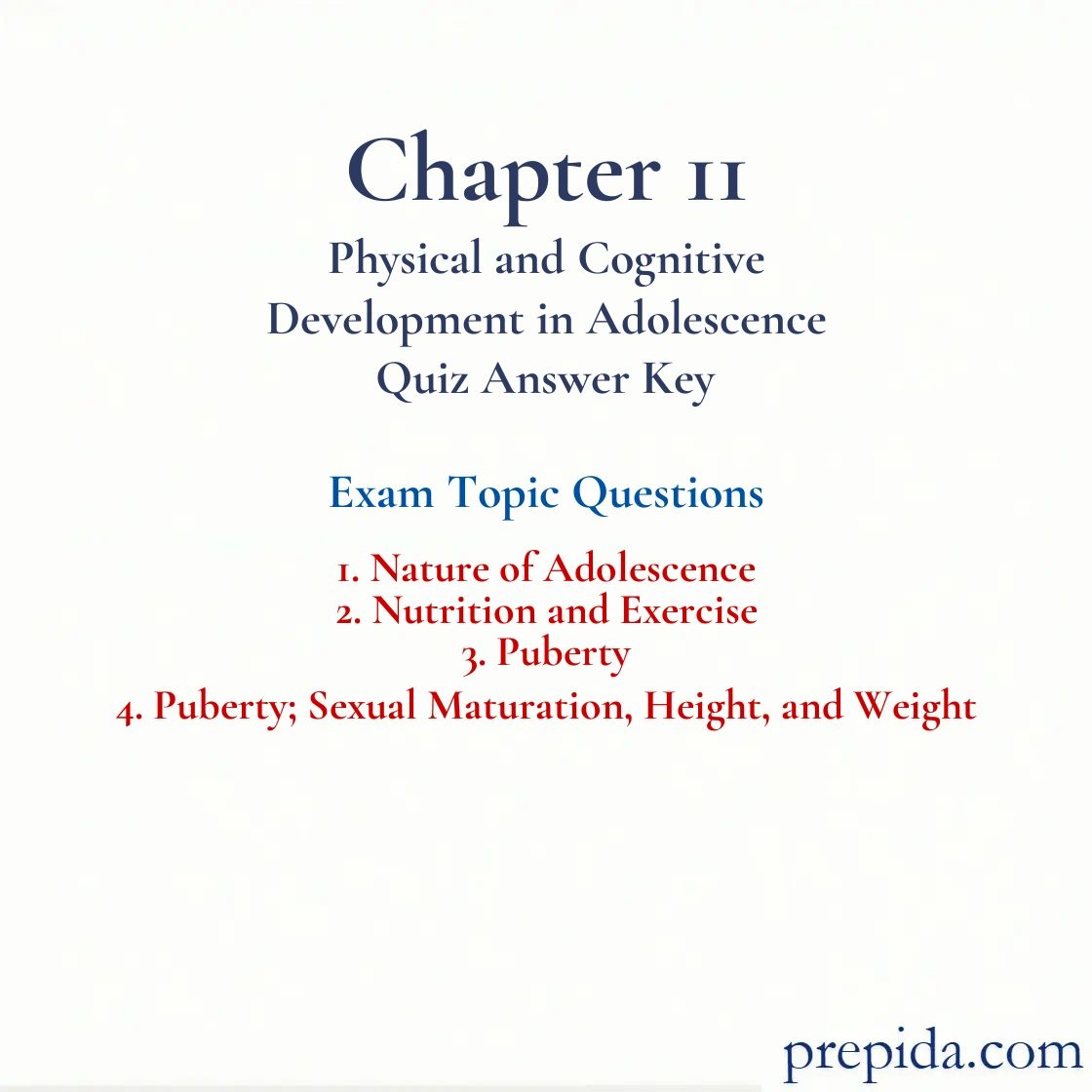
Which theorist proposed the "storm-and-stress" view that adolescence is a turbulent time charged with conflict and mood swings?
- Anna Freud
- Jean Piaget
- G. Stanley Hall
- Daniel Offer
Which of the following is a more accurate vision of adolescence?
- For most individuals, adolescence is a time of evaluation, decision making, commitment, and carving out a place in the world.
- For most individuals, adolescence is a time of rebellion, crisis, pathology, and deviance.
- Most adolescents have a brush with juvenile delinquency.
- Few adolescents contribute positively to their communities and make a successful transition through adolescence.
Commitment: Marcia’s term for the part of identity development in which adolescents show a personal investment in identity.
Public attitudes about adolescence
- emerge from a combination of personal experience and media portrayals.
- reflect an objective picture of how normal adolescents develop.
- portray today's adolescents as less troubled, less self-centered, less assertive, and less adventurous than in the past.
- paint an unrealistically positive picture of adolescents.
Which of the following is true of the relationship between exercise and adolescence?
- In adolescents, exercise lowers the incidence of type I diabetes.
- Male adolescents' physical activity is associated with their male friends' physical activity.
- Memory is the cognitive factor that improves the least through exercise in adolescence.
- Individuals become less active as they reach and progress through adolescence.
Activity Theory: The theory that the more active and involved older adults are, the more likely they are to be satisfied with their lives.
According to a national survey, ________ boys exercised the most, ________ girls the least.
- Latino; Latina
- African American; non-Latino White
- Latino; African American and Asian
- non-Latino White; African American and Latino
Ethnicity: A characteristic based on cultural heritage, nationality characteristics, race, religion, and language.
For most people, puberty
- is the same as adolescence.
- ends long before adolescence does.
- occurs in a single, sudden event.
- has an easily identifiable beginning and ending.
Puberty: A period of rapid physical maturation, occurring primarily in early adolescence, that involves hormonal and bodily changes.
Puberty refers to a period of
- declining abstract thought and emotional maturation during late adolescence involving neural and synaptic development in the brain.
- declining gross motor development during late childhood due to the maturation of the temporal and parietal lobes.
- rapid psychological and emotional maturation that lasts through adolescence and is a product of enhanced cognitive development.
- rapid physical maturation involving hormonal and bodily changes that occur primarily during early adolescence.
Puberty: A period of rapid physical maturation, occurring primarily in early adolescence, that involves hormonal and bodily changes.
Identify a true statement about sexual maturation and weight changes that occur during puberty.
- Growth of facial hair is the first male pubertal characteristic to develop.
- Appearance of hair in the armpits is the first physical change in girls.
- By the end of adolescence, most girls will be taller than boys.
- Marked weight gains coincide with the onset of puberty.
Puberty: A period of rapid physical maturation, occurring primarily in early adolescence, that involves hormonal and bodily changes.
A girl's first menstruation is called ________.
- gonadarche
- spermarche
- menarche
- adrenarche
Menarche: A girl’s first menstruation.
Which of the following is typically the last male pubertal characteristic to occur?
- the first ejaculation
- voice changes
- increased penis and testicle size
- growth of facial hair
Ms. Chang is trying to prepare her health class students for the onset of puberty. What should she tell the boys that they are likely to experience first?
- the first ejaculation
- voice changes
- increased penis and testicle size
- growth of facial hair
The mean age at the beginning of the growth spurt in girls is ________.
- 6
- 14
- 12
- 9
Sensorimotor Stage: The first of Piaget’s stages, which lasts from birth to about 2 years of age; infants construct an understanding of the world by coordinating sensory experiences with motoric actions.